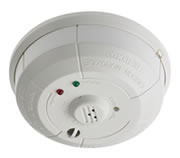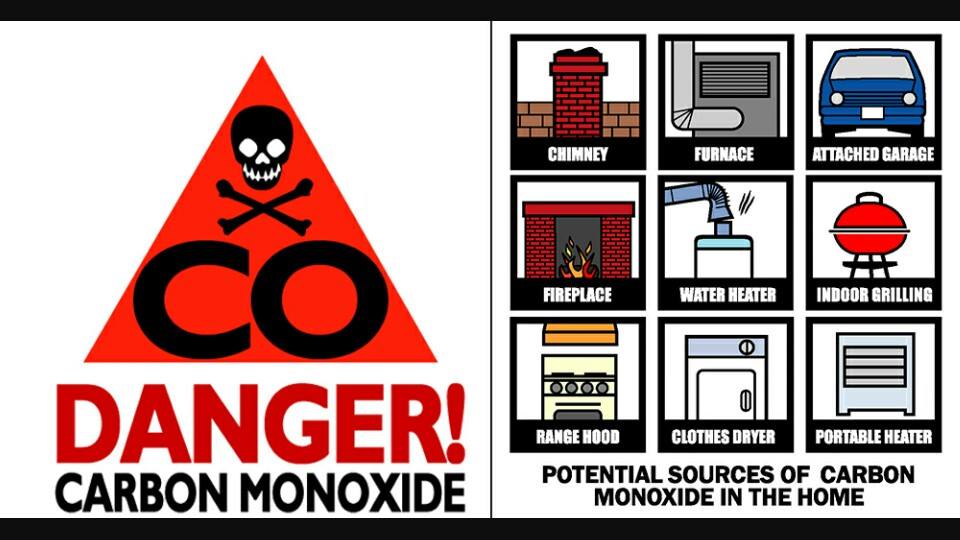Carbon Monoxide Detection
Carbon Monoxide, the Silent Killer
What is carbon monoxide?
Carbon monoxide (CO) is an odorless, colorless, tasteless, and highly toxic gas. It is produced when flame-fueled devices, such as heating systems, power tools, grills, and ovens, malfunction or are not properly vented.

What happens if CO is inhaled?
The CO is absorbed into the bloodstream, replacing the oxygen traveling to vital organs throughout the body. Depending on the concentration of CO in the air and the length of exposure, effects can include a mild headache, drowsiness, nausea, dizziness, unconsciousness, and suffocation. CO poisoning can occur with small amounts accumulating in the bloodstream over time or large amounts being inhaled quickly.
How do CO detectors protect residents from CO poisoning?
CO detectors protect residents by monitoring the air and measuring the amount of CO present over a time interval. When dangerous levels are calculated, CO detectors flash and sound a temp 4 alarm.
What are the benefits of a monitored CO detector?
CO detectors can be connected to the initiating circuit of a control panel that connects to a central station. Supervised detectors provide peace of mind by adding an extra level of protection for situations in which residents cannot respond to an unsupervised alarm, such as when residents are sleeping, when the home is empty, or when residents are already suffering from the effects of CO. If the CO concentration hits a dangerous level, the homeowner will not only be notified by the detector and the control panel, but also by the central station. If the resident is unreachable, the central station may send the proper authorities to investigate. Central station procedures may vary.
Where should a CO detector be installed?

Ideally, a CO detector should be installed:
- Within 10 feet of all sleeping areas
- Inside the bedroom if it contains a fuel-burning appliance
- On every floor of the building
- In any room that contains a fuel-burning appliance
Are CO detectors required by law?
Many states and localities require CO detectors. Check with the local Authority Having Jurisdiction (AHJ) for CO detector requirements in your area. You can also check out the interactive map at http://www.systemsensor.com/en-us/res/Pages/CO-Legislation-Map.aspx to get details on State CO laws.





